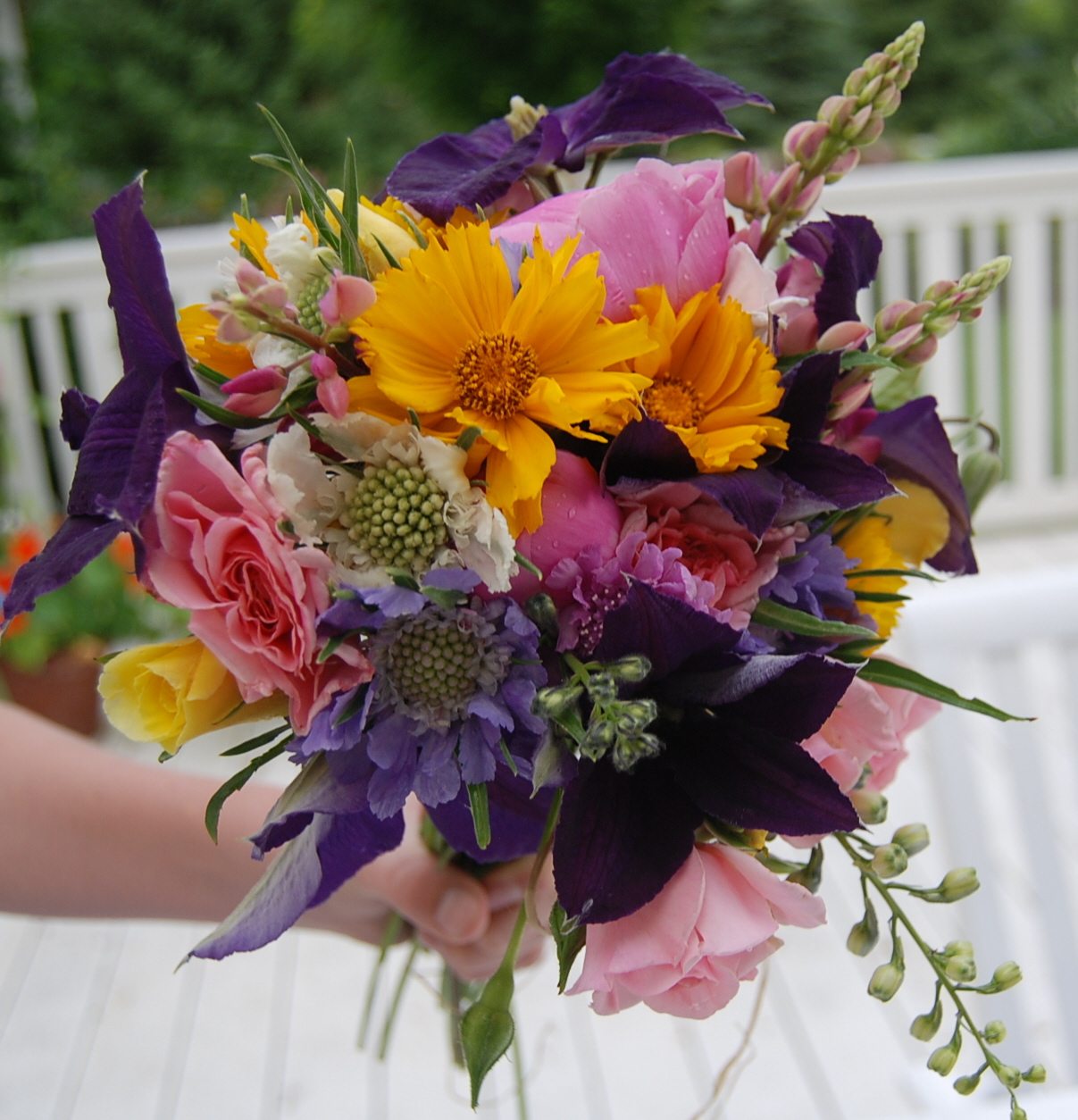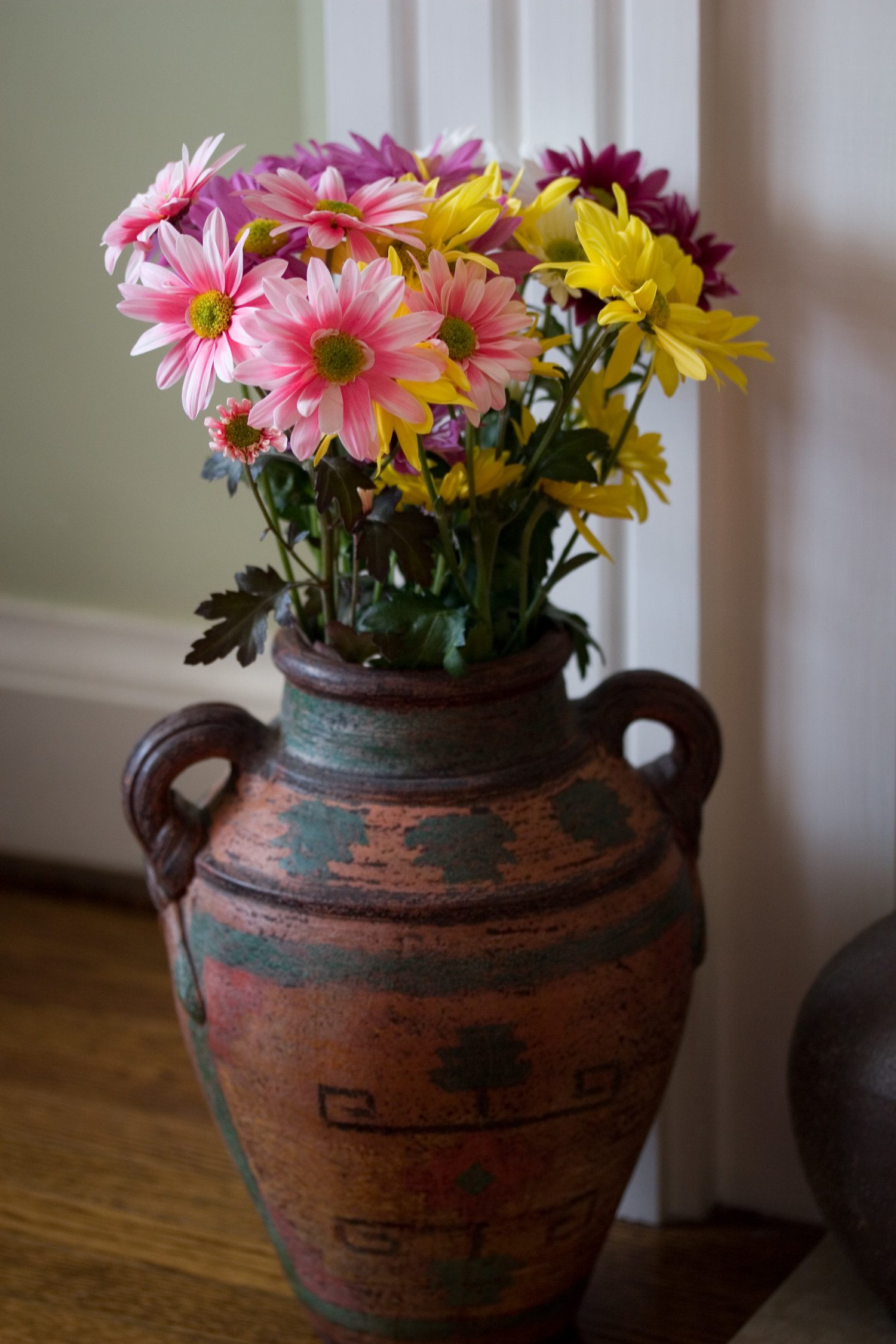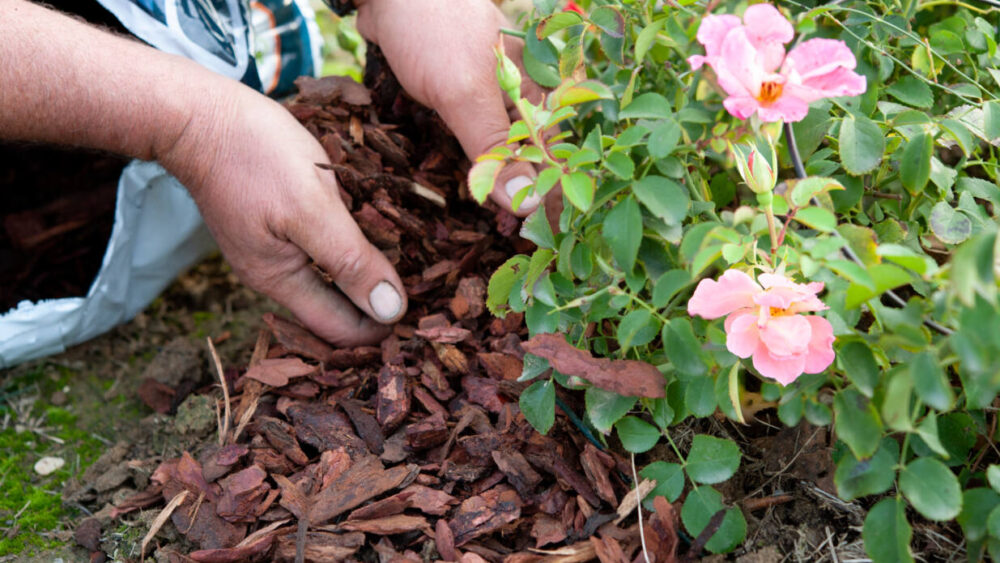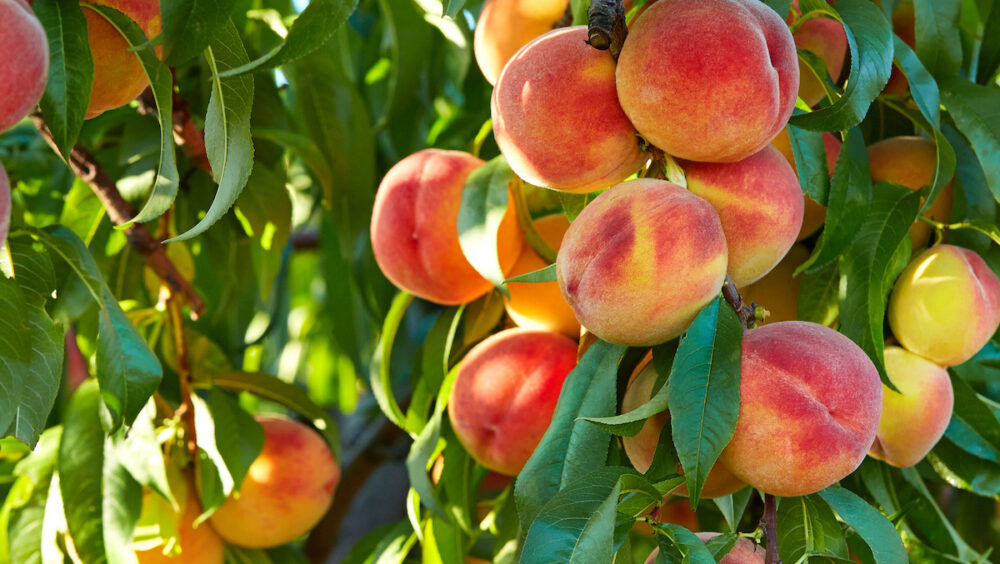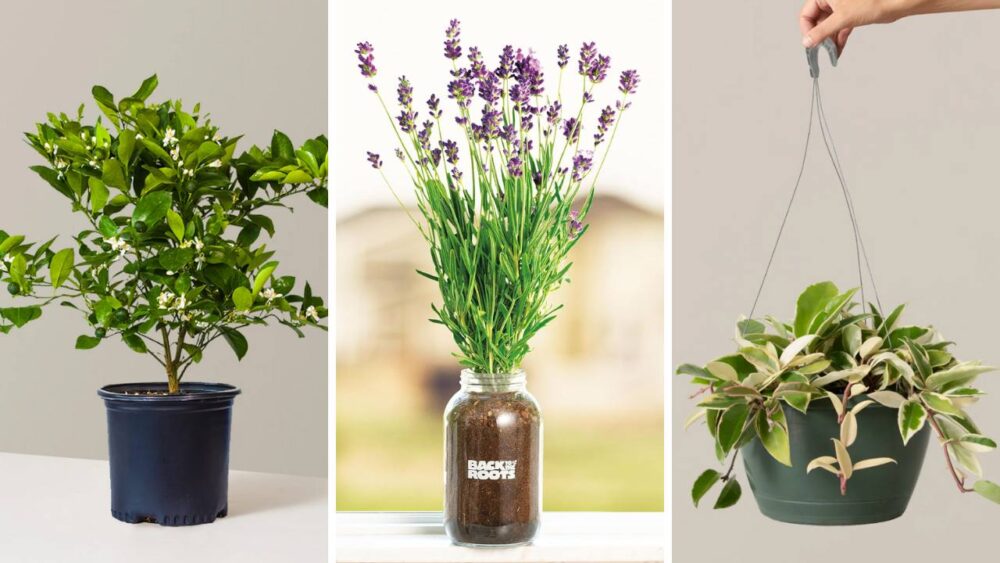6 pro tips for making your fresh cut flowers last longer
The season for fresh cut flowers is here! Whether you bring in blooms straight from the garden, receive a beautiful bouquet or get creative with clippings from the florist, you want to make them last. Simply follow these pro tips for keeping fresh cut flowers thriving and you’ll be enjoying your arrangements longer.
Prepare the Vase
Start by choosing and cleaning your vase. Make sure you grab one that will support your flowers, but also won’t crowd them too tightly. Next, wash your vase with soap and water, then rinse and dry thoroughly. This helps prevent leftover residues or bacteria from transferring to your flowers. As you’ll learn, keeping flowers fresh has a lot to do with keeping them bacteria free.
Trim Your Fresh Cut Flowers
Cut the bottoms of your flower stems at an angle with sharp scissors under running water or submerged in water. This fresh cut helps the flowers easily absorb the water and preservative (recipe coming up!) You’ll also want to trim away any foliage bel0w the waterline to help prevent bacteria growth. This step keeps your water from getting that murky, moldy look and smell.
If all of that wasn’t reason enough, removing those lower leaves and unbloomed buds helps keep your main bloom fresh longer by redistributing resources, says third-generation florist and owner of Angelone’s Florist, Jess Angelone to Rodale’s Organic Life.
Make Your Own Flower Preservative
Do you ever wonder what’s in those little packets that come with flowers from the florist? It’s usually a combination of citric acid, sugar and an anti-microbial. Each works together to keep flowers going strong. Acid allows water to flow into the stems. Sugar provides carbohydrates and the anti-microbial keeps the sugar and flowers from growing bacteria or fungi. Here’s a quick recipe to make your own at home:
Fresh Cut Flower Preservative
- 2 tablespoons fresh lemon juice (if you don’t have lemon juice you can replace it and the sugar with lemon-lime soda, approx. 2 cups)
- 1 tablespoon sugar
- A few drops of household bleach
- 1 quart of warm water
Fresh Water, Fresh Flowers
Now you’re ready to just throw some water in that vase, right? Wrong! First, you want to use warm water to help with absorption and to avoid shocking the stems. Next, let the water sit for a few minutes to let gasses in the water dissipate.
Finally, mix in your preservative. You’ll want to change out the water and add more preservative every one to three days. You can also swish some hot water around in the vase to kill bacteria, recommends Angelone.
If you want to learn more about the science behind keeping flowers fresh, watch this video from the American Chemical Society:
Fresh Cut Flower Pruning
Jodie McGregor, a Sydney-based florist, recommends pruning your bouquet to remove wilting or bruised flowers and leaves. They can contaminate the rest of the blooms and cause the arrangement to look less fresh. You can easily incorporate this step into your water-change routine. When you change the water, also make sure to check the stems to see if they seem mushy or closed off. If so, you’ll want to give them another trim.
Placement is Important
Finally, where you put your flowers is the key to keeping them fresh longer. They need to be kept cool and out of direct sunlight. To extend their life further, you can put your flowers and their their vase right in the refrigerator overnight or during the day, if you’ll be gone. Remember, if you do put your flowers on a kitchen counter or in the fridge, keep them away from fruits and vegetables. They give off ethylene gas, which will wilt your flowers super fast.


